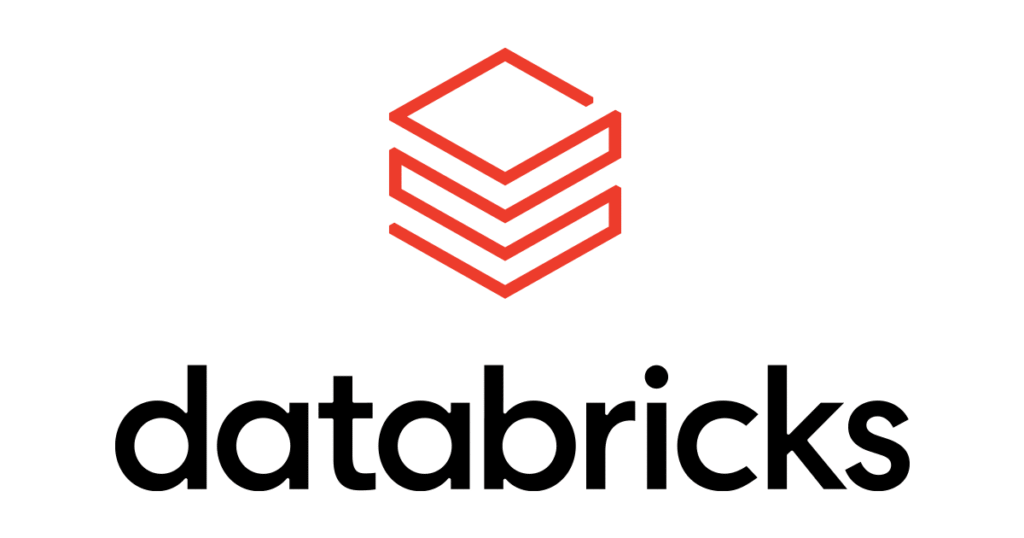
In the era of big data and AI, the ability to analyze massive datasets collaboratively and efficiently has become a cornerstone of modern data science. Databricks has emerged as a leading unified analytics platform, transforming the way organizations approach big data, machine learning, and collaborative data science workflows. For professionals and learners pursuing a data science course, understanding Databricks is increasingly essential.
Databricks is built on top of Apache Spark, providing an optimized and user-friendly interface for scalable data analysis, machine learning, and data engineering tasks. Its integrated environment allows data scientists, engineers, and analysts to work together seamlessly, enhancing productivity and innovation.
What is Databricks?
Databricks is a cloud-based platform that simplifies working with big data and machine learning. It provides a highly collaborative workspace where users can write code in Python, SQL, R, or Scala to process and analyze large volumes of data efficiently. The platform integrates deeply with cloud services like AWS, Microsoft Azure, and Google Cloud, making it highly scalable and accessible.
Originally developed by the renowned creators of Apache Spark, Databricks offers managed Spark clusters, making it easier for users to harness the power of distributed computing without managing infrastructure. This is especially valuable for those in a course in Hyderabad, where real-world, cloud-based platforms are increasingly becoming a part of the curriculum.
Key Features of Databricks
Databricks stands out for its robust set of features that cater to the full data lifecycle:
Unified Workspace
Combines notebooks, dashboards, and data pipelines in a single environment.
Supports collaboration among cross-functional teams.
Optimized Apache Spark
Offers performance-optimized Spark for faster processing.
Supports streaming data, batch processing, and machine learning.
Delta Lake Integration
Brings ACID transactions to big data workloads.
Enables versioning and reliable data pipelines.
MLflow Integration
Built-in support for tracking experiments, models, and deployments.
Auto-scaling and Auto-termination
Efficient resource management forecost optimization.
These features are instrumental for students and professionals enrolled in a Course, helping them understand modern workflows used in enterprise settings.
Why Databricks Matters for Data Science
Databricks is more than just a development environment—it embodies a new way of thinking about collaborative analytics. In traditional setups, data scientists, analysts, and engineers often work in silos. Databricks bridges these gaps by providing a shared platform that fosters cooperation and transparency.
For learners undergoing a course in Hyderabad, this collaborative approach mirrors real-world data teams. It teaches not just technical skills but also how to operate within a team, manage version control, document projects, and deliver reproducible results.
Databricks and Machine Learning Workflows
One of Databricks’ major strengths is its end-to-end support for machine learning. From data preprocessing to model training and deployment, the platform offers built-in libraries and tools that simplify the ML lifecycle.
Data Exploration: Use notebooks with interactive visualizations to explore datasets.
Feature Engineering: Transform raw data using Spark and store it in Delta Lake.
Model Training: Leverage MLlib or integrate with libraries like scikit-learn and XGBoost.
Experiment Tracking: Use MLflow to log hyperparameters, metrics, and models.
Deployment: Serve models using REST APIs or integrate with external applications.
Such an integrated approach is often emphasized in project-based modules of any comprehensive Course.
Real-Time Data Processing with Databricks
In today’s fast-paced world, real-time data processing is a competitive advantage. Databricks supports structured streaming, allowing teams to build applications that react to real-time data changes.
Use cases include:
Fraud detection systems
IoT data monitoring
Live user behavior analytics
Real-time recommendation engines
Students pursuing a course in Hyderabad often work on similar case studies, gaining hands-on experience with tools like Databricks for building scalable, real-time systems.
Delta Lake: The Game Changer
Delta Lake is a core part of the Databricks ecosystem. It adds reliability and performance to data lakes by providing ACID transactions, schema enforcement, and time-travel capabilities.
Benefits include:
Data Consistency: Prevents dirty reads and data corruption.
Historical Analysis: Easily access previous versions of data.
Faster Reads/Writes: Optimized file formats improve query performance.
Delta Lake is particularly beneficial in industries with strict data governance requirements. Understanding this component can greatly benefit learners in a course focused on big data architecture.
Databricks Notebooks and Collaboration
The interactive notebook environment in Databricks is one of its strongest features. It supports multiple languages in a single notebook and allows users to annotate, visualize, and share their work easily.
Collaboration tools include:
Real-time co-authoring
Commenting and discussion threads
Version history and Git integration
These features enhance teamwork and reproducibility, skills that are heavily emphasized in a course in Hyderabad.
Security and Compliance
Databricks takes enterprise security seriously, offering features such as role-based access control, data encryption, audit logs, and compliance with standards including GDPR, HIPAA, and SOC 2.
For data professionals dealing with sensitive information, understanding these aspects is critical. Security is often covered in advanced modules of a course to prepare learners for enterprise deployments.
Industry Use Cases of Databricks
Databricks is used across various industries to solve complex data problems:
Finance: Risk modeling, fraud detection, and customer segmentation
Healthcare: Genomic data analysis, predictive modeling, and clinical trials
Retail: Demand forecasting, recommendation engines, and customer analytics
Manufacturing: Predictive maintenance and supply chain optimization
These real-world applications are frequently explored in project-based assignments in a data scientist course in Hyderabad, helping students translate the overall theoretical knowledge into practical solutions.
How to Get Started with Databricks?
Here’s a step-by-step approach for beginners:
Sign Up: Create a free Databricks Community Edition account.
Explore Tutorials: Use built-in notebooks and sample datasets.
Practice Projects: Start with basic ETL pipelines or ML models.
Take Courses: Enroll in a Course that includes Databricks as part of its curriculum.
Collaborate and Share: Work on group projects and use Git for version control.
By following these steps, aspiring data professionals can quickly become proficient with Databricks and gain a competitive edge.
Conclusion
Databricks has revolutionized how organizations handle big data and machine learning. Its unified, collaborative platform empowers teams to build, deploy, and scale data science solutions efficiently. As data continues to grow in terms of sheer volume and complexity, platforms like Databricks will be at the heart of innovation.
For learners and professionals, gaining hands-on experience with Databricks through a course is a smart investment. With the right training, such as a course in Hyderabad, you can become adept at using tools that are defining the future of data science.
By mastering Databricks, you’re not just learning a tool—you’re stepping into the future of collaborative, scalable, and intelligent data science.
ExcelR – Data Science, Data Analytics and Business Analyst Course Training in Hyderabad
Address: Cyber Towers, PHASE-2, 5th Floor, Quadrant-2, HITEC City, Hyderabad, Telangana 500081
Phone: 096321 56744
